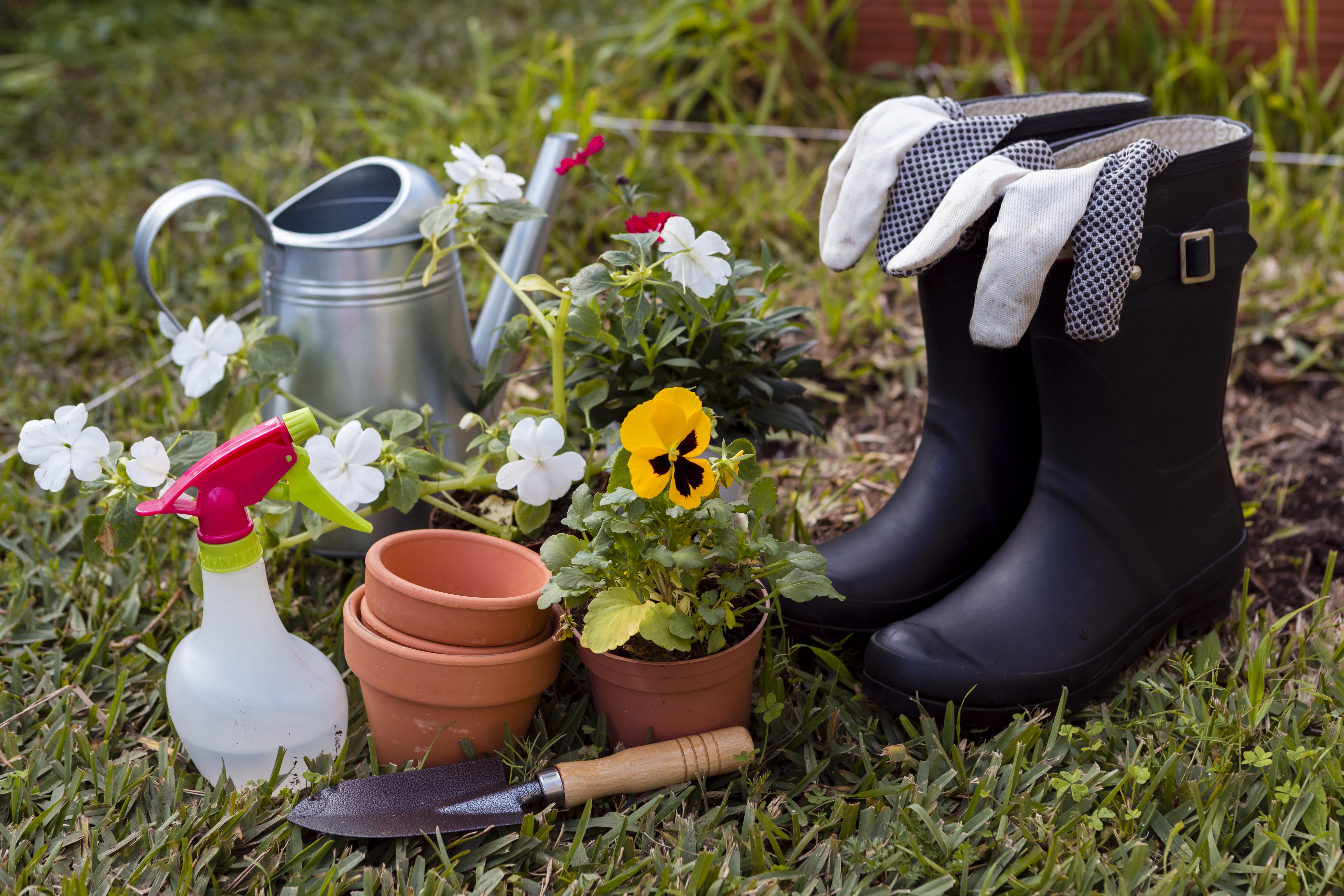Monsoon Gardening
The monsoon season, with its lush greenery and refreshing rains, brings a unique set of challenges and opportunities for gardening enthusiasts. While the rain provides much-needed hydration to plants, it also presents potential issues such as water stagna

1. Prevent Water Stagnation
Excess rainwater can lead to waterlogging, depriving plants of essential nutrients. Ensure proper drainage by using well-draining pots and checking that drainage holes are not blocked. Succulents and other water-sensitive plants should be exposed to sunlight whenever possible to prevent overwatering.
2. Regular Pruning
Monsoon is an ideal time for new growth. Regularly prune your plants to remove dead or diseased parts, allowing for healthy new shoots. Use clean, sharp pruning tools to avoid damaging the plants.
3. Embrace Earthworms and Organic Fertilizers
Earthworms aerate the soil and help with water percolation, enhancing soil fertility. Incorporate organic fertilizers and slow-releasing manures to maintain soil health. These natural solutions ensure that your plants get the necessary nutrients without harmful chemicals.
4. Stay Vigilant Against Weeds
Weeds thrive in the monsoon, competing with your plants for nutrients. Regular weeding prevents these unwanted plants from taking over. Pull out weeds by the root to ensure they don't grow back.
5. Ensure Adequate Light
With the frequent cloud cover during monsoons, providing sufficient light for your plants can be challenging. Move potted plants to sunnier spots when possible and consider using artificial grow lights for indoor gardens. Allowing frogs and toads in your garden can also help control insect populations naturally.
6. Avoid Compacting Wet Soil
Walking on wet soil can compact it, reducing aeration and hindering root growth. Avoid stepping on garden beds after rains, especially where new saplings are planted. This helps maintain soil structure and promotes healthy root systems.
7. Use Perforated Sheets for Protection
Heavy rains can damage delicate plants. Perforated sheets offer protection from excessive rain while allowing air and light to reach the plants. These sheets help maintain the necessary moisture levels without waterlogging.
8. Combat Algae Growth
Monsoon conditions can lead to algae growth on soil surfaces. Regularly check for green algae patches and remove them promptly. Using gloves can make this task cleaner and easier.
9. Provide Physical Support
Young trees and shrubs are vulnerable to strong winds. Stake these plants to provide stability and prevent damage. Ensure the ties are not too tight to avoid constricting the plant as it grows.
10. Prevent Soil Erosion
Heavy rains can cause soil erosion, exposing roots and hindering plant growth. Create barriers around plants to prevent this, but ensure these barriers do not trap water and cause logging.
Additional Expert Tips
From YouTube channels like Lazy Gardener and Garden Up, here are more tips from seasoned gardeners:
Clean the Underside: Ensure pots have open drainage holes to avoid waterlogging.
Fill Pots: Use a mix of two parts soil and one part cow dung to prevent water clogging.
Use Fungicide: Apply neem oil or other organic fungicides every 10-15 days to combat fungal infections.
Prune and Trim: Regular trimming encourages healthy growth and allows for replanting cuttings.
Avoid Overwatering: The wet soil from rain is usually sufficient; avoid additional watering.
Shift Pots Occasionally: Moving pots prevents excess water accumulation and keeps the soil aerated.
Ensure Sunlight: Move plants to sunnier spots whenever possible to ensure they get enough light.
Avoid Direct Rainfall: Protect plants with sheets to prevent soil erosion from heavy rains.
Clean Pot Plates: Clean plates under pots to avoid water accumulation and insect breeding.
Try Repotting: Monsoon is ideal for repotting as the moist soil makes the transfer easier.
At intervals of 15 days, mix one teaspoon of bone meal, neemkhali, and cow dung, and add the mix to the pot. This enriches the soil and supports healthy plant growth.
Following these monsoon gardening tips; your home garden can thrive even in the heaviest rains. Happy Gardening!


